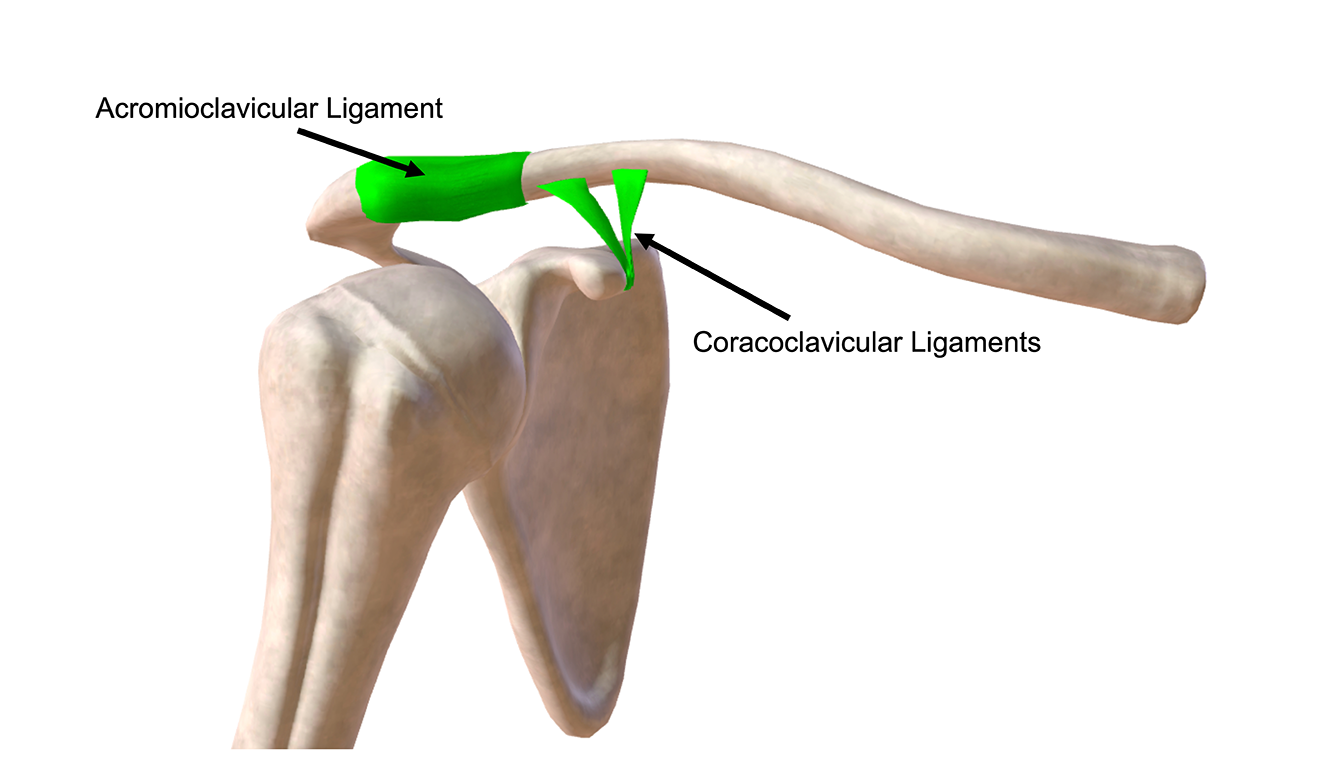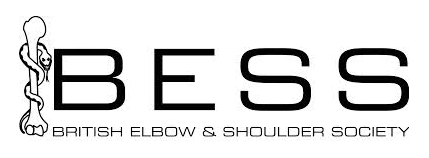Acromioclavicular (AC) Joint Separation / shoulder separation
What is AC Joint Dislocation Treatment
What Is a Joint and Which Joints Are Found in the Shoulder Girdle?
What is AC Joint Dislocation Treatment
What Is a Joint and Which Joints Are Found in the Shoulder Girdle?
A ‘joint’ in anatomical terms is when two bones meet in the body. Joints can be tightly held together, such as in the bones of the pelvis, or there can be a lot of movements between the bones, such as found in the shoulder joint. The shoulder girdle is formed by three joints:
- The sternoclavicular joint (SCJ) between the collar bone, or clavicle, and the sternum of the rib cage
- The acromioclavicular joint (ACJ) formed between the acromion part of the shoulder blade, or scapula, and the clavicle
- The glenohumeral joint (GHJ) formed between the rounded upper part of the arm bone, or humerus, and the glenoid of the scapula that makes up the socket.
When the two ends of a joint lose contact with each other, it is called a dislocation. When the two ends lose partial contact, it is referred to as a subluxation. In theory, any joint can dislocate, but some joints are more at risk of dislocation, with the glenohumeral joint being the most commonly dislocated joint in the body.
What is an AC joint separation?
The shoulder ACJ is surrounded by a tough fibrous capsule, and two strong ligaments connect the clavicle above with the scapula below.
If you sustain a high impact fall onto your shoulder (e.g. a fall from a road bike, a bad rugby tackle, or a fall onto an outstretched hand), you might stretch or sprain these structures. If the force is big enough, you may completely rupture some or all of these structures.
If this happens, you will experience pain on the top of your shoulder, and have difficulty moving your arm upwards or across your chest. There may be an obvious deformity or bump at the top of your shoulder and your arm may feel like it is hanging loosely. There may also be bruising.
AC Joint Injury Dislocation Grades
Disruption of the ACJ is classified into AC joint injury grades, which is related to the damage done to the three supporting joint ligaments; the acromioclavicular ligament, the two coracoclavicular ligaments (CC ligaments – trapezoid and conoid).
Grades I is when the acromioclavicular ligament is stretched. In grade II injuries the acromioclavicular ligament is torn but the CC ligaments are intact. In these injuries the joint is sufficiently stable and surgery is not required.
In grades IV and V and VI, the AC ligaments and CC ligaments are completely torn, and the dislocated clavicle is grossly displaced. This is a significant injury that requires surgery to get the shoulder functioning well again.
In grade III ACJ injuries, all three ligaments are torn, but the clavicle is not as displaced as the more severe shoulder injuries. Treatment of these injuries is a grey area and regularly debated by shoulder surgeons. Should you have surgery or treat the injury conservatively by resting the arm in a sling followed by physio?
In a grade III injury, the weight of the arm pulls the shoulder down from the clavicle (collar bone) that was supporting it above. You often see an obvious bump which is the prominent end of the clavicle that moves upwards.
One of the issues with a grade III injury is instability of the AC Joint, both in upward and downward movements as well as front to back movements, which can cause ongoing pain and swelling. Overhead sports such as swimming or tennis, or activities such as press ups or cycling, can cause grinding and pain of the AC joint.
One of the issues with a grade III injury is instability of the AC Joint, both in upward and downward movements as well as front to back movements, which can cause ongoing pain and swelling. Overhead sports such as swimming or tennis, or activities such as press ups or cycling, can cause grinding and pain of the AC joint.

How Are Shoulder Separation Injuries Treated?
Non-Surgical Treatment
No two people and no two shoulders are the same, but as a rule of thumb, most people recover well with physiotherapy rehab if they have a grade I or II injury.
You may need to rest the shoulder in an arm sling for a few days to support the weight of the arm whilst your pain settles and healing begins. After a couple of weeks you need to start physio to regain function. It may take a couple of months before you’re back to lifting your pre-injury weights.
I recommend an MRI scan of the shoulder to rule out any other causes for your pain or contributing issues within the shoulder. If you experience severe shoulder pain or have any doubts about your injury, don’t hesitate to seek medical attention for a proper evaluation and diagnosis.
Surgical Treatment
If you have a grade IV, V or VI injury, then surgery is required to bring the clavicle back to its correct position and to stabilise the AC Joint.
During the surgery, I make a small incision at the AC Joint.
I drill a bone tunnel through the clavicle and also through part of the scapula. Two suspension tapes are passed through the bone tunnels and secured by two titanium buttons placed on top of the clavicle and under the coracoid process of the scapula, which are then tightened to bring the clavicle back to its place.
To further increase the stability of the joint, I also transfer another ligament that runs from the scapula to the clavicle, so that there is a biological fixation reinforcing the synthetic fixation.
What happens after surgery?
After the surgery, your shoulder will be supported by a sling, which you’ll wear for 3-4 weeks, and you’ll be seen by a physiotherapist who’ll show you how to carry out some gentle shoulder movements to prevent stiffness. Rehab to restore shoulder strength and its range of movement is important (so do those exercises!), but the good news is most patients have an excellent outcome after surgery.
You may be wondering, when you can get back to sport? Everyone’s recovery is a little different, but typically, you could expect to get back to contact sports at around the three-months.
It’s essential to be aware of potential complications, such as infection, damage to nerves and blood vessels, or fracture to the bones which can occur and may require additional medical attention.
Grade III ACJ Injuries
When we’re deciding how best to treat this kind of injury, it’s important for me to know what your life and work involves physically, the kinds of sports or activities you like to get involved in, and whether what you do means you run the risk of re-injuring your shoulder.
Whilst very broad data has shown that some people will manage without surgery, we must always think first about you as an individual. If you have high demands on your shoulder, surgery may be the better option for you.
Post surgery FAQ
Ms Susan Alexander is a senior orthopaedic surgeon and is recognised by all the UK’s major insurers.







